Sep 02, 2025
Read, comment, and share the X post dedicated to this article here: https://x.com/sayerjigmi/status/1962954532356338027
Imagine if someone told you that cutting off a piece of your newborn's body – without anesthesia or medical need – was "just what we do here." Now imagine that body part contains thousands of nerve endings, serves multiple protective functions, and its removal causes measurable brain trauma. This isn't a thought experiment. It's happening to baby boys across America every single day.
When Tradition Wore a Lab Coat
Circumcision's origins were never medical – they were deeply ritualistic and religious. Ancient Egyptian tomb artwork from 2400 BCE depicts circumcision as a public rite of passage, while the Hebrew Bible frames it as a covenant with God.¹ Throughout history, the practice served to mark tribal identity, demonstrate manhood readiness, or offer blood sacrifice to deities – but never for health reasons.²
What's particularly telling is that cultures without these religious traditions – most of Europe and Asia – historically never circumcised their infants. The "why" of circumcision has always been about beliefs and social customs, not universal medical necessity.³
Victorian Prudery Disguised as Medicine
The medicalization of circumcision in America represents one of medicine's most embarrassing chapters. In the late 1800s, Victorian-era physicians began promoting circumcision as a "cure" for masturbation – believing that painfully removing the most sensitive part of a boy's penis would deter him from this perceived "vice."⁴
Doctors claimed excessive ejaculation sapped male vitality (one belief equated an ounce of semen to a quart of blood loss) and that circumcising boys would preserve their health and morality.⁵ Female circumcision was similarly promoted and even covered by Medicaid until the mid-20th century – before society recognized it as barbaric.⁶ Yet male circumcision persisted, its Victorian quackery quietly repackaged in medical terminology.
Nature's Design: The Evolutionary Imperative of Intact Bodies
Every Mammal Has One – There's a Reason
By any measure of logic – biological, theological, or medical – routinely amputating a healthy, functional part of a newborn's body makes no sense. The foreskin isn't a birth defect or evolutionary leftover; it's a sophisticated organ present in every mammal, serving multiple critical functions:⁷
Protection: Shields the sensitive glans from friction, contamination, and desiccation. In infancy, the foreskin is naturally fused to the glans and "completely clothes the prepuce" during diaper years
Immune defense: Natural secretions (smegma) have antibacterial properties that form a barrier against pathogens
Sexual function: Contains the most sensitive erogenous tissue, with a specialized "ridged band" at the foreskin's edge containing concentrations of fine-touch nerve receptors
Natural lubrication: The gliding motion reduces friction for both partners during intercourse
The foreskin represents 15 square inches of erogenous tissue in an adult male – roughly the size of an index card. It contains over 20,000 specialized nerve endings, making it more sensitive than the fingertips or lips.
As Dr. George Denniston of Doctors Opposing Circumcision states: "They have been robbed of a part of their sexual capacity without consent."⁸ Dr. Denniston also notes: "Every mammal has a foreskin" – a tissue conserved across all mammalian males, indicating clear evolutionary advantage.
The Keratinization Effect
After circumcision, the permanently exposed glans undergoes a process called keratinization – developing a layer of hardened tissue similar to a callus. This results in:
Decreased sensitivity over time
More abrasive texture during sexual contact
Loss of the mucosal membrane that normally keeps the glans moist and sensitive
Permanent alteration of the penis's natural anatomy, histology, and function
The Medical Mirage: When Benefits Don't Justify the Blade
The Admission Hidden in Plain Sight
Even medical organizations that have historically supported circumcision acknowledge its lack of medical necessity. A comprehensive German review in Klinische Pädiatrie stated unequivocally: "In general circumcision has no medical benefit – neither in decreasing the incidence of urinary tract infections, nor of sexually transmitted diseases, nor of [genital] cancers." The review went further, challenging the very legality of the practice, noting that "such an irreversible amputation of a normal body part is difficult to reconcile with the child's best interest."
Debunking the Rotating Justifications
Proponents have offered a rotating carousel of medical benefits over the decades – each one eventually debunked or found insignificant:⁹
UTI Prevention? The absolute risk reduction is minimal. UTIs in baby boys are rare and easily treated with antibiotics.¹⁰
Penile Cancer? This cancer affects about 1 in 100,000 men. By this logic, we should remove infant breast buds to prevent breast cancer.¹¹
HIV Prevention? The African studies showing reduced HIV transmission had numerous flaws and apply only to heterosexual adult men. The U.S. has high circumcision rates yet higher HIV prevalence than Europe, where circumcision is rare.¹²
A comprehensive review in Klinische Pädiatrie concluded bluntly: "In general circumcision has no medical benefit" – neither for UTIs, STDs, nor cancers.¹³ The only true medical indication is pathological phimosis, occurring in roughly 4% of males.
The Trauma We Don't Talk About: Pain, Memory, and Lasting Harm
When "They Won't Remember" Meets Brain Science
For decades, doctors assumed infants didn't feel pain like adults. This misconception has been utterly demolished by modern neuroscience. A groundbreaking study published in eLife used fMRI brain imaging to prove that newborn brains respond to pain almost exactly like adult brains – with 18 out of 20 pain-processing regions activated identically.¹⁴
Link: View the original fMRI study at eLife Sciences
The brain scans revealed something extraordinary: when 1-6 day old babies were exposed to the same pain stimulus as adults, their brains "lit up" in nearly identical patterns. The only two regions that didn't activate were the amygdala and orbitofrontal cortex – areas that help interpret pain rather than feel it.
Dr. Rebeccah Slater, the lead researcher from Oxford University, expressed genuine shock at the findings: "The infant's brain is much more developed than I was expecting. I might have thought that some information might have gone to the sensory areas of the brain... but I didn't necessarily think it would go to areas more commonly involved in emotional processing such as the anterior cingular cortex, which is thought to be involved in the unpleasantness associated with an experience."¹⁵ [bold added]
The Scale of Unacknowledged Suffering
Consider these disturbing statistics about infant pain:
Infants in neonatal intensive care units experience an average of 11.4 painful procedures daily
Only 36.6% receive any pain management during these procedures
Male infant circumcision is 1 of 6 most commonly performed medical procedures, responsible for 1.108 million hospital stays annually in the U.S. alone
The U.S. has the highest circumcision rate globally at 69-97%, followed by Australia (70%), Canada (48%), and the UK (24%)
Most level 3 NICU babies experience these procedures in their first 14 days of life when they're most vulnerable
Link: Read the full GreenMedInfo analysis on infant trauma
The Uncomfortable Truth About Anesthesia
The history of pain management in infant circumcision reveals a shocking medical blind spot. Surgery on infants was routinely performed without pain relief until the late 1980s – based on the false belief that infant pain responses were merely reflexes.¹⁶
It wasn't until 1999 – just 25 years ago – that the American Academy of Pediatrics finally recommended anesthesia for newborn circumcision. This came only after studies showed:
Behavioral differences between anesthetized and unanesthetized infants on postoperative day 1
Documented negative impacts on mother-child interactions
Significant stress responses measurable in cortisol levels and heart rate
Even today, pain management remains inadequate. Many infants receive only topical numbing agents or sugar water – interventions that cannot block the deep tissue pain of genital surgery. Videos of the procedure show babies exhibiting clear signs of extreme distress:
High-pitched, sustained screaming
Full-body tensing and arching
Heart rates spiking to dangerous levels
Stress hormones flooding their systems
Long Shadow: Trauma's Lasting Effects
Research documents behavioral and psychological changes that persist long after circumcision:
Heightened pain sensitivity: Circumcised infants show stronger pain responses to subsequent vaccinations
Disrupted bonding: Changes in feeding patterns, sleep disruption, and increased irritability affect mother-infant attachment. Studies specifically noted "negative impact that circumcision has on mother-child interactions"
Altered stress responses: Some studies suggest permanent changes to the stress-response system
Sexual dysfunction: Studies show circumcised men may experience premature ejaculation issues compared to uncircumcised counterparts
Potential psychological impacts: Though more research is needed, some psychologists theorize connections to trust issues, body image concerns, and intimacy difficulties in adulthood¹⁷
As one medical professional bluntly stated: "What's done to baby boys would be felony assault if it were done to baby girls." The practice may constitute "the most egregious example of a medically unnecessary procedure that inflicts unacknowledged pain and trauma on millions of newborns."
The Biomedical Incentive: Profit in a Violent Practice
Circumcision is often justified in cultural, religious, or “public health” terms—but beneath these narratives lies a deeper truth: it is profitable.
A single neonatal foreskin, once removed, is far more than discarded tissue. It is a biological goldmine. Rich in fibroblasts—cells that produce collagen and growth factors—one foreskin can be expanded into cell lines that yield hundreds of thousands of lab-grown skin units. These are then used to develop advanced biomedical products like Apligraf, an FDA-approved skin substitute for chronic wounds, burns, and surgical repair.
The numbers are staggering: reports suggest a single foreskin, once processed, can generate products worth millions of dollars over its lifetime. One Australian supplier was noted to charge around US $427 per milliliter for foreskin-derived cultures. Biotech companies have built entire product lines—spanning wound healing, drug testing, regenerative therapies, and even luxury cosmetics—on the foundation of this involuntarily “donated” tissue.
And so, the cycle is reinforced: as long as circumcision remains normalized, the biomedical industry has a steady pipeline of raw material—procured without consent, repackaged as innovation, and sold at extraordinary margins.
From Hospitals to High-End Vanity: The Oprah Controversy
The biomedical incentive does not stop at hospitals and laboratories. It extends into the world of beauty and celebrity.
When Oprah Winfrey endorsed SkinMedica’s anti-aging serum as her “fountain of youth,” few realized that its key ingredient—“Human Fibroblast Conditioned Media”—was derived from foreskin fibroblasts originally obtained from circumcised infants. Protesters from the Canadian Foreskin Awareness Project (CAN-FAP) highlighted the hypocrisy:
“It’s hypocritical to be against female genital cutting and to be promoting a cream made from the products of forced male genital cutting.”
SkinMedica defended itself by claiming that no actual tissue remains in the final cream, only the growth factors secreted by cultured fibroblasts from a decades-old foreskin cell line. But the controversy revealed an uncomfortable truth: foreskin tissue has become commodified to the point of invisibility, seamlessly incorporated into products costing $150 an ounce, sold as luxury wrinkle solutions.
Why This Matters
This is not a fringe issue—it is a structural one. Behind the curtain of cultural tradition and medical rhetoric lies an economic system that profits from what is taken from the most vulnerable. The foreskin becomes not just discarded tissue, but a revenue stream, with stakes high enough to ensure that the practice continues largely unquestioned.
Male genital tissue is harvested, commodified, and lauded when it fuels our biomedical industries or vanity markets—even as we rightly decry the removal of female genital tissue as barbaric. This double standard demands exposure.
The Ethics Revolution: Why "My Body, My Choice" Applies to Baby Boys Too
The Glaring Double Standard
Western societies condemn female genital cutting as a human rights violation – regardless of cultural or religious justification. Yet male infants receive no such protection despite analogous removal of healthy genital tissue without consent.¹⁸
As bioethicist Margaret Sommerville wrote: "If circumcision was proposed today as a new procedure for infants, it would likely be banned as criminal assault."¹⁹
Parental Rights Have Limits
Parents are trustees of their child's wellbeing, not owners of their child's body. We wouldn't allow parents to:
Tattoo a baby
Remove a body part for cosmetic reasons
Perform other permanent modifications
Why is circumcision different? As Dr. Mark Peterson states: "Parents have a duty to protect their children from harmful practices, and no tradition should be enforced by permanent disfigurement of someone legally incapable of informed consent."²⁰
Conclusion: The Future is Intact
The evidence is overwhelming: circumcision began as ritual, not medicine. It causes measurable trauma and permanent functional loss. Its purported benefits are either insignificant or achievable through less invasive means. Most importantly, it violates fundamental principles of bodily autonomy and informed consent.
Around the globe, medical authorities are abandoning this practice. Britain's NHS stopped covering it decades ago. New Zealand, with lower circumcision rates than the U.S., has lower STD rates – undermining health necessity claims.²¹
The movement isn't about attacking religion or culture – it's about aligning ancient practices with contemporary ethics. Adults can choose circumcision for themselves. But no one has the right to make that irreversible choice for a child without medical necessity.
In honoring bodily sovereignty, we affirm a core value: people have control over their own bodies. We recognize this for females; it's time to extend the same respect to males. Let's embrace a future where all children grow up whole, free to decide for themselves what modifications, if any, they'll choose in adulthood.
Read, comment, and share the X post dedicated to this article here: https://x.com/sayerjigmi/status/196295453235633802
7References
"History of Circumcision," Wikipedia, accessed 2024, https://en.wikipedia.org/wiki/History_of_circumcision.
Stehr, M. et al. "Circumcision–Criticism of the Routine." Klinische Pädiatrie 213, no. 2 (2001): 50-55.
"Circumcision," Wikipedia, accessed 2024, https://en.wikipedia.org/wiki/Circumcision.
GreenMedInfo Research Group. "The Foreskin: Why Is It Such A Secret In North America?" GreenMedInfo, 2019.
Collier, R. "Vital or Vestigial? The Foreskin Has Its Fans and Foes." Canadian Medical Association Journal 183, no. 17 (2011): 1963-1964.
Quine, S. "Analysis of HIV/Circumcision Studies and Historical FGM in the U.S." GreenMedInfo, 2024.
Denniston, George, and John Geisheker. "Statements on Foreskin Function and Medical Myths." Doctors Opposing Circumcision, 2024.
Ibid.
GreenMedInfo Research Group. "The Unseen Trauma: Rethinking Infant Circumcision in Light of New Pain Research." GreenMedInfo, 2024.
Stehr et al., "Circumcision–Criticism."
Collier, "Vital or Vestigial?"
Quine, "Analysis of HIV/Circumcision Studies."
Stehr et al., "Circumcision–Criticism."
Ji, S. "Infants Deeply Traumatized By Common Medical Procedures, New Study Suggests." GreenMedInfo, 2016.
Ibid.
American Academy of Pediatrics. "Circumcision Policy Statement." Pediatrics 103, no. 3 (1999): 686-693.
GreenMedInfo Research Group, "The Unseen Trauma."
Peterson, J. "On Parental Duty and Consent." Journal of Medical Ethics, 2001.
Sommerville, Margaret. "Altering Baby Boys' Bodies: The Ethics of Infant Male Circumcision." The Ethical Canary, 2000.
Peterson, "On Parental Duty."
Collier, "Vital or Vestigial?"

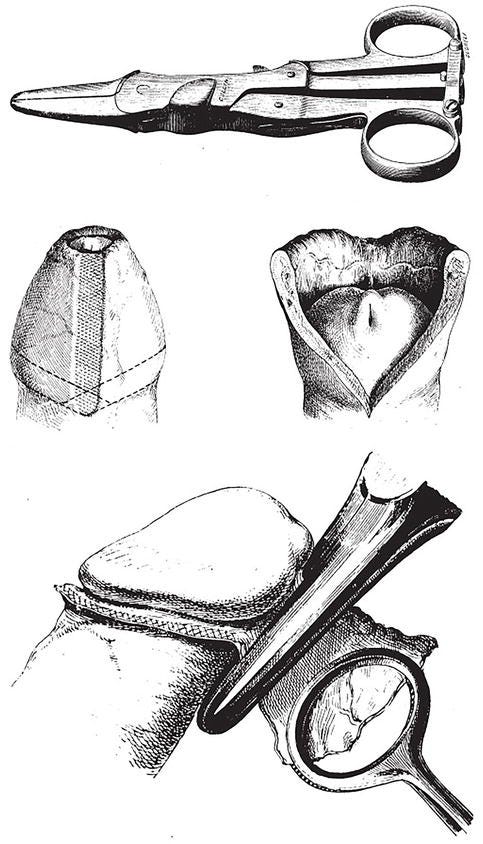


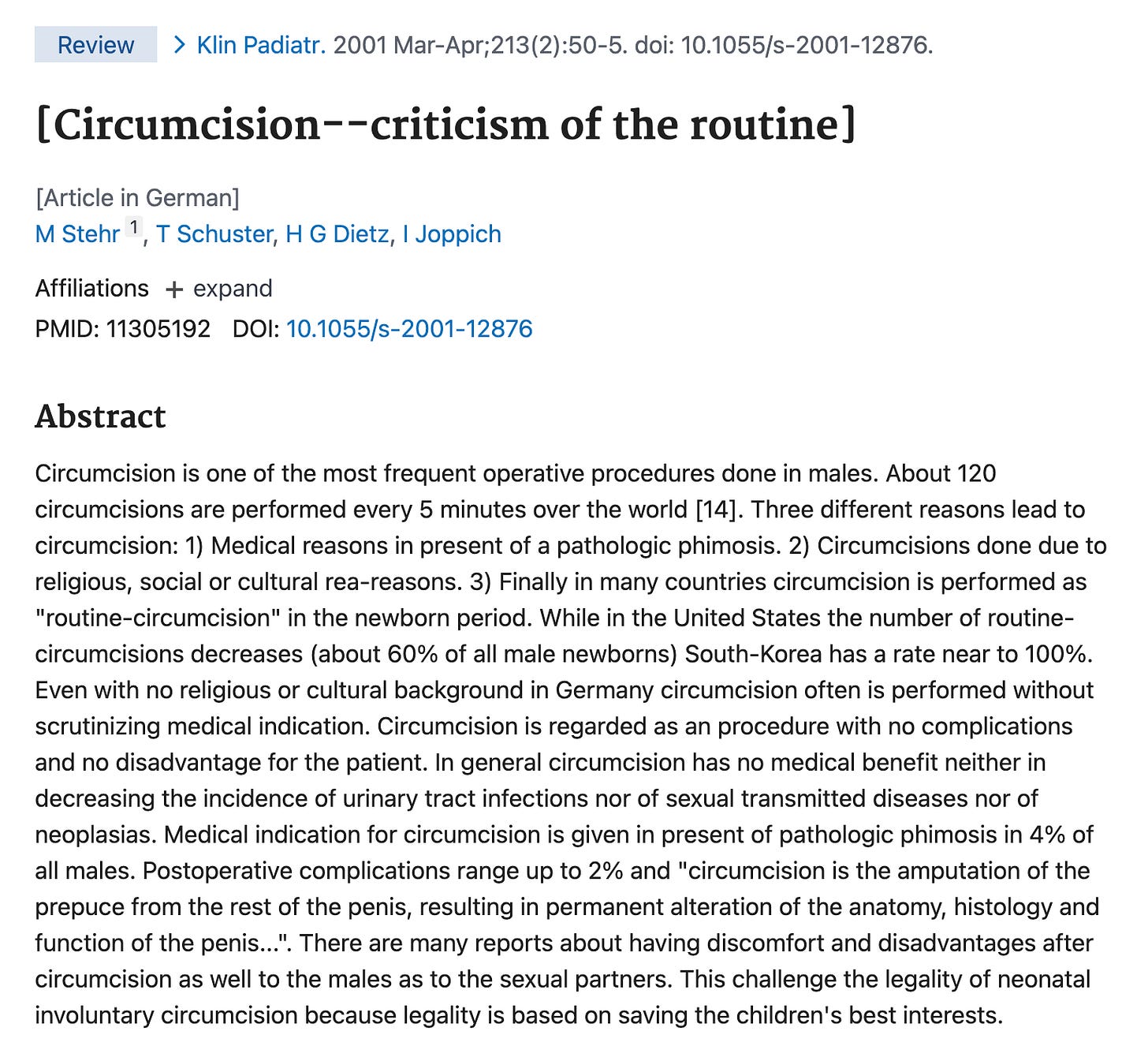
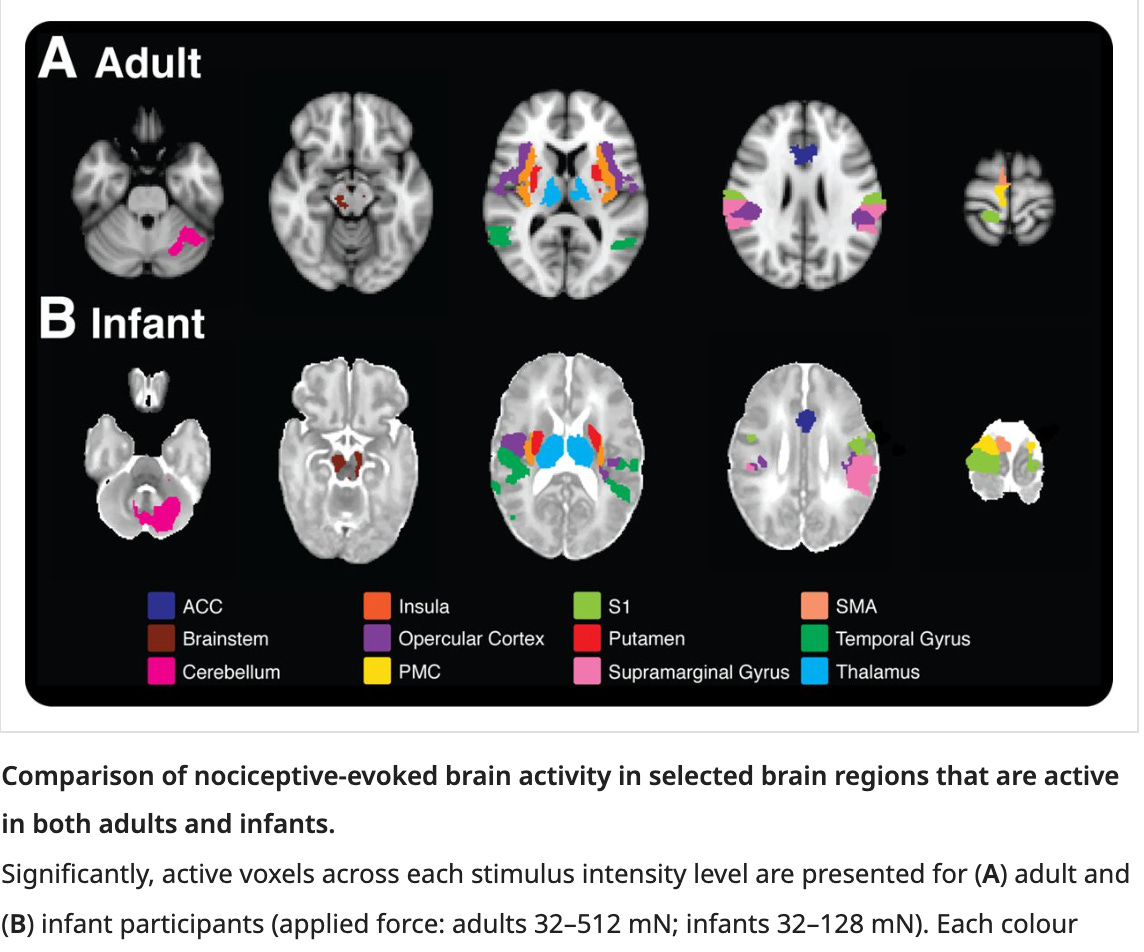

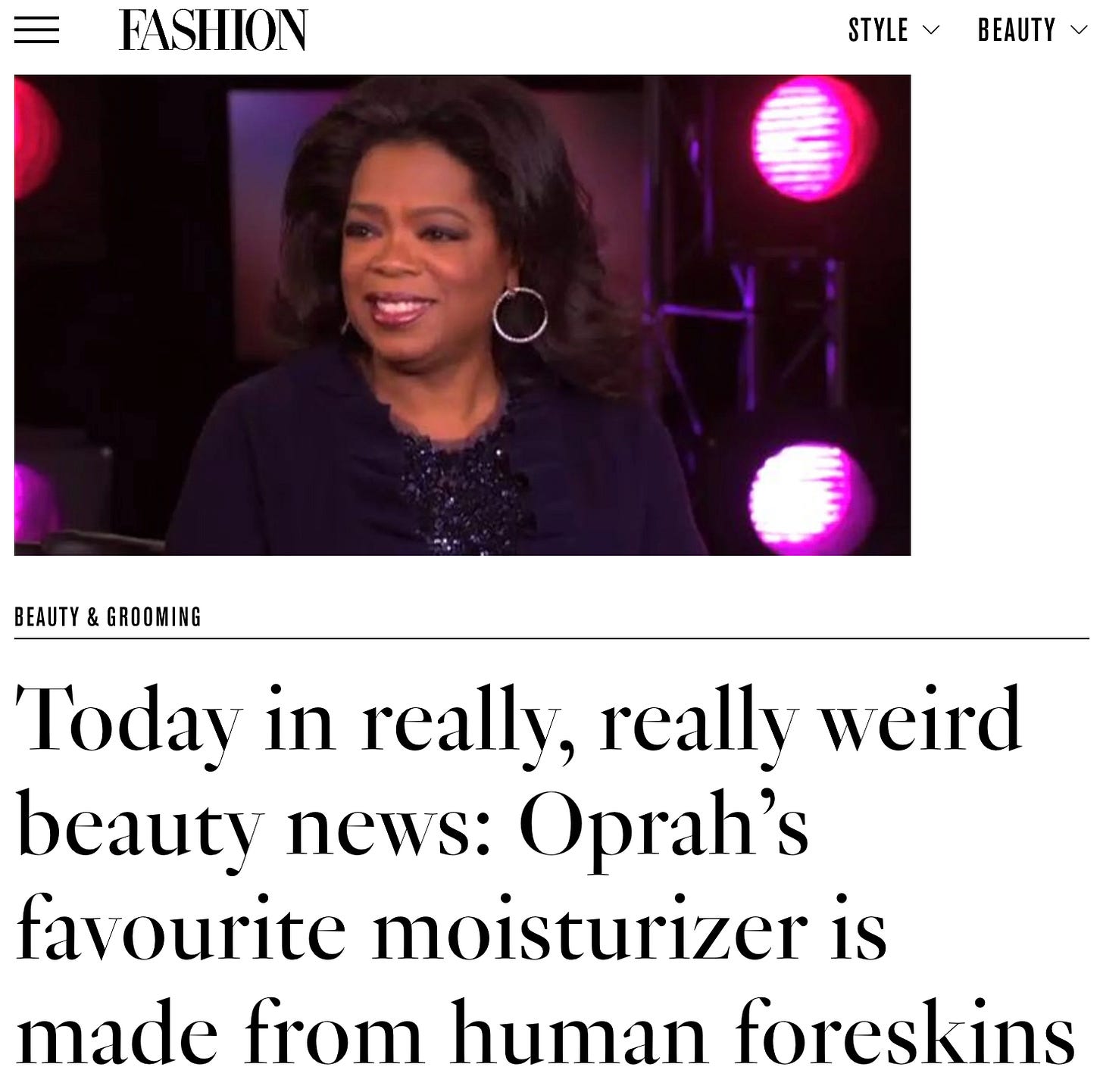
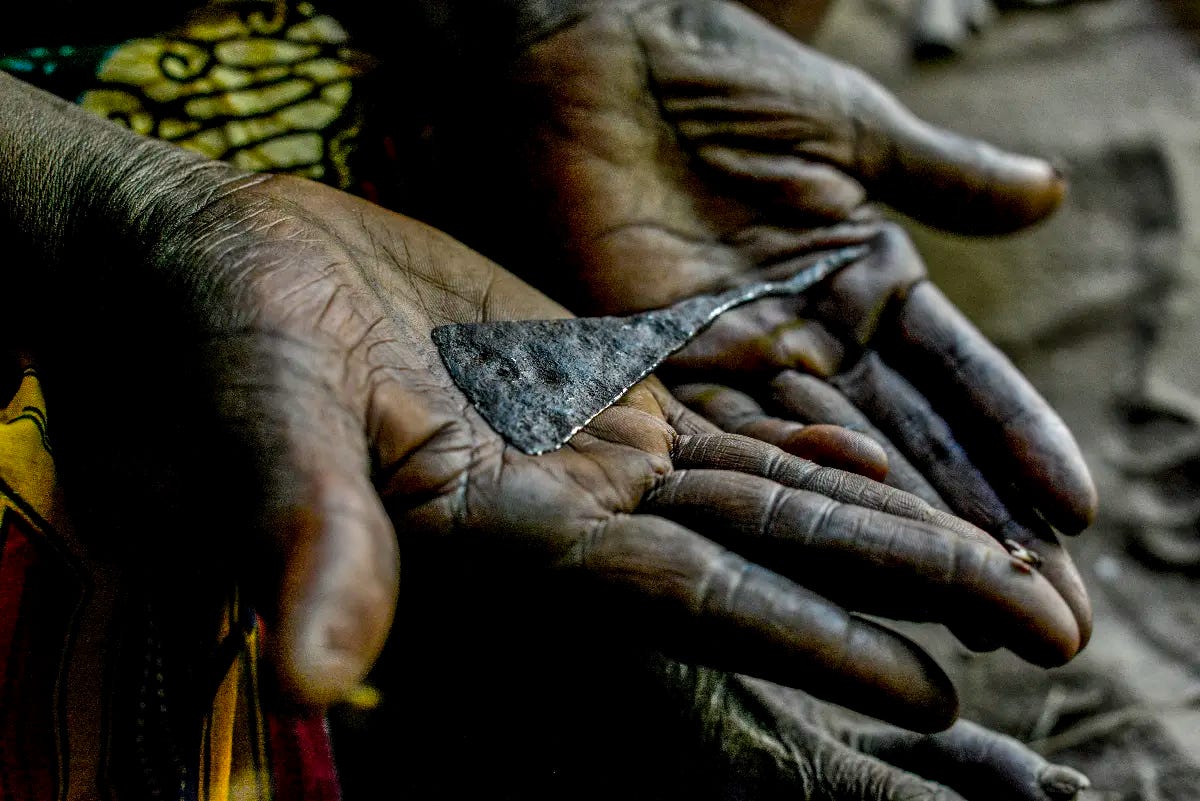
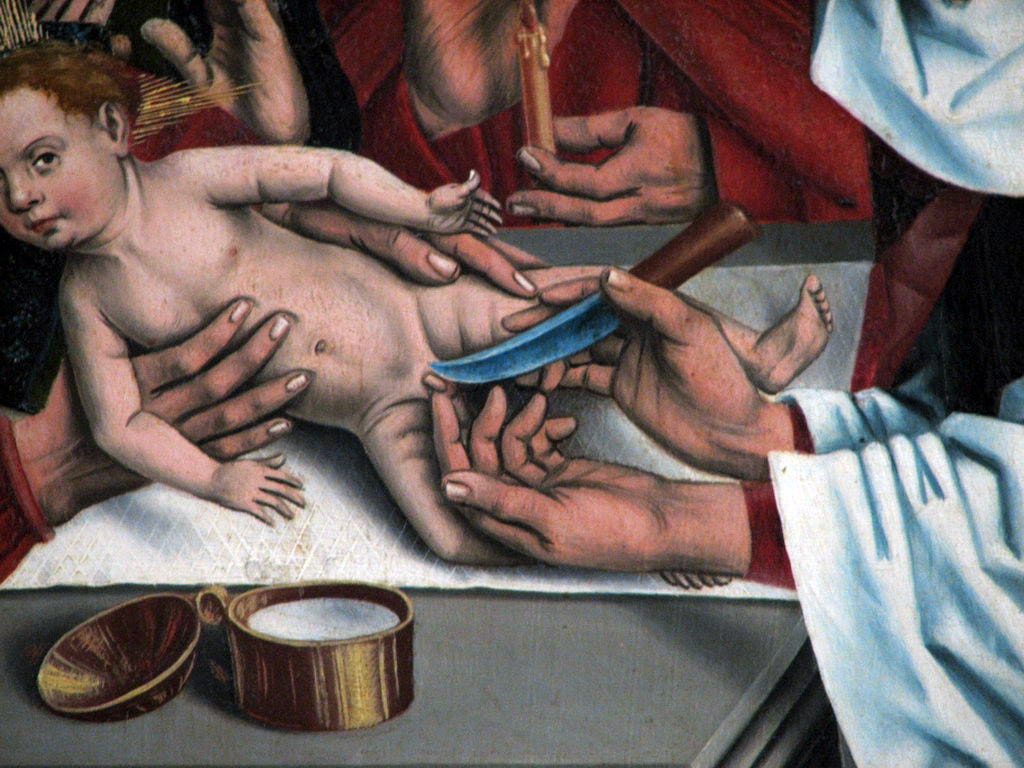
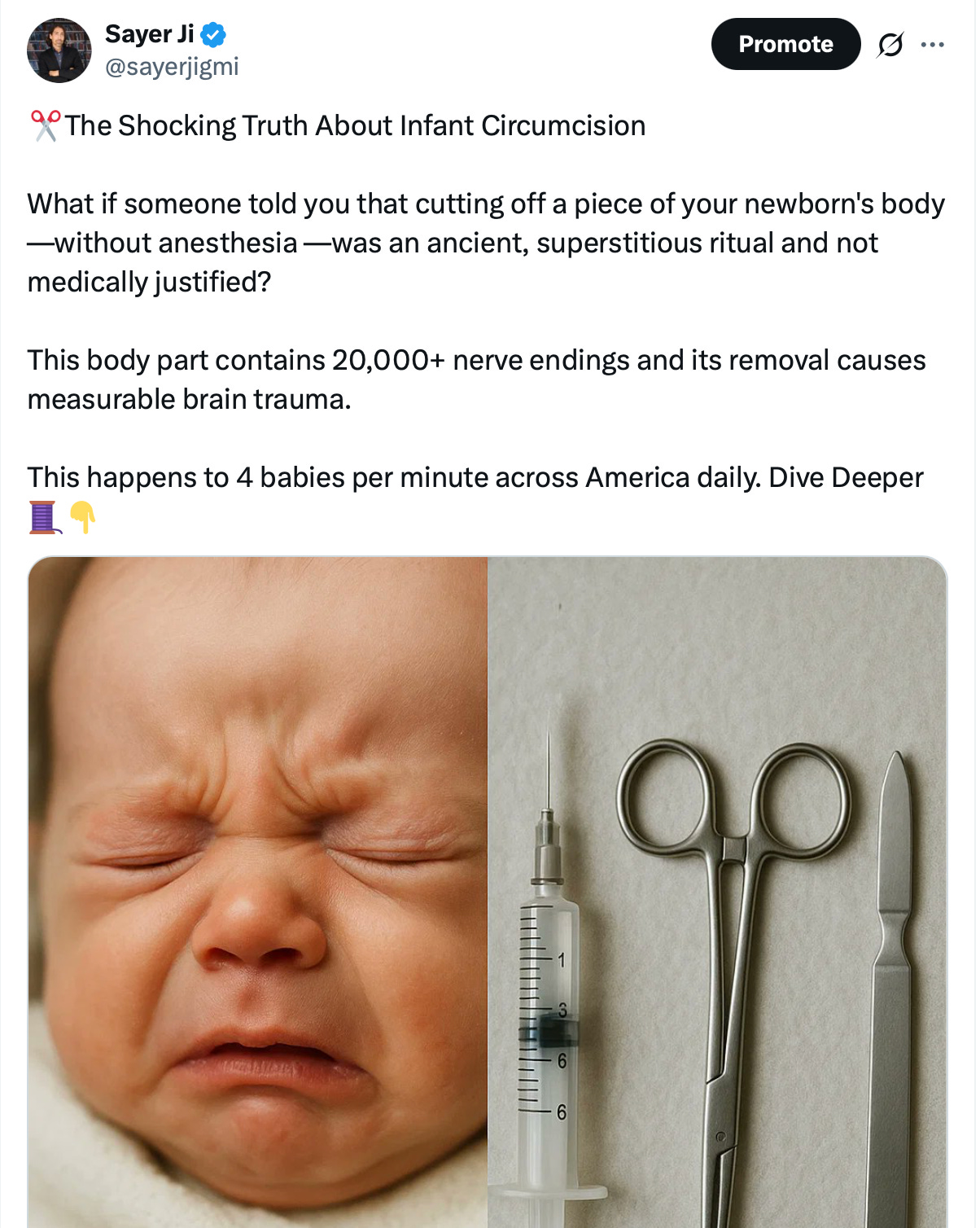
No hay comentarios:
Publicar un comentario